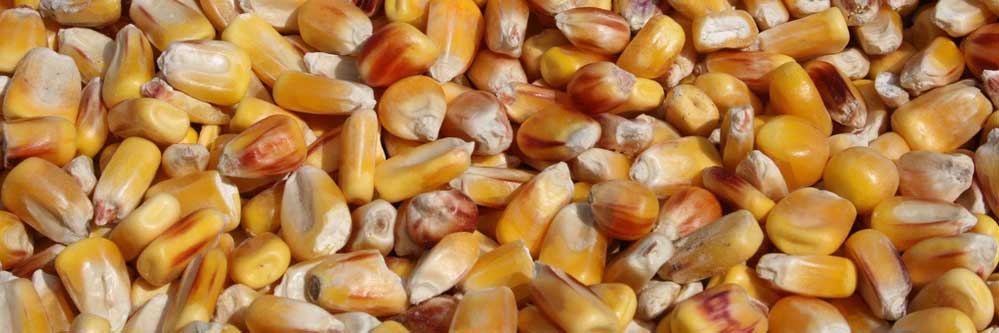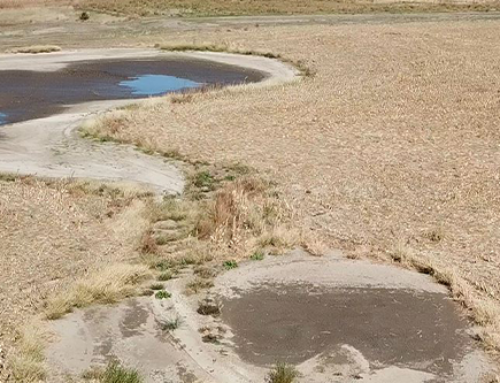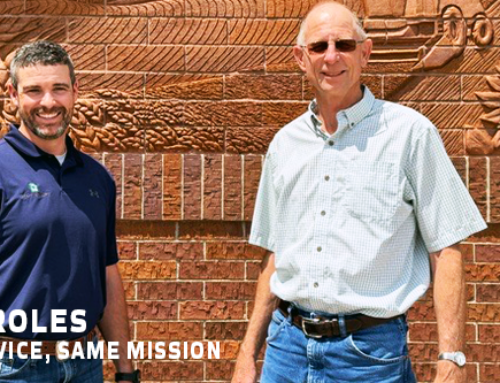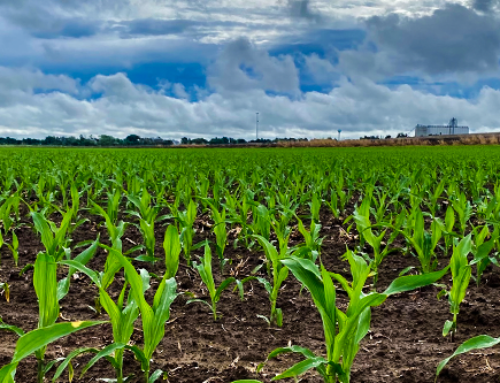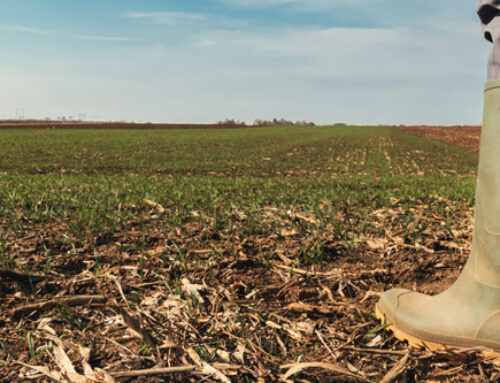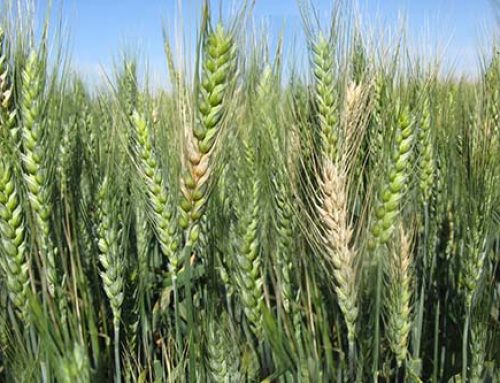Over the past few years, we have gotten accustomed to selling corn in the $5.00 to $7.00 range. These higher prices allowed us to take a little higher risk approach to push yields goals higher than what we normally might. Through this process, we learn quicker whether there is an adequate return on investment for some of the more unconventional products. I refer to this as playing offense.
Due to the significant drop in commodity prices, producers are taking more of a defensive stance when it comes to crop inputs. We are making hard evaluations as to whether any particular input is going to give us an adequate return. It’s important to use the experiences we have to make good decisions regarding each input that will be applied to the upcoming crop.
It does not make sense to say, “I’m going to eliminate a specific herbicide application to save money”. If weeds are infesting a field, the problem needs to be addressed. The cost of inaction is much more than the cost of doing what is right or necessary to deal with the problem.
The solution to seeing a return on investment lies in choosing the right product(s) for the situation, and applying those products at the right time. Many times, there are numerous options available to deal with the problem at hand. Making a sound evaluation of what each product brings to the table inherently will help control costs. But taking shortcuts usually leads to poor results, with subsequent and unnecessary follow-up applications.
One area that may allow us to reduce costs is fertilizer. Fertilizer typically gives a high return on investment, and we encourage our producers to apply the nutrients necessary to attain an acceptable yield. But soil is not Styrofoam. Nutrients move in and out of solution all the time in soil. Typically, micronutrients are at adequate levels, and don’t require additional fertilizer. Timing and placement of the macro nutrients – N, P, K allows us to choose precise rates, and not be tempted to “just add another 40 pounds, just in case”.
Management zones are another tool that should be utilized when applying fertilizer. Take advantage of those areas of the field that already have adequate or excess levels of nutrients. Put those fertilizer dollars where you need them.
Good fertilizer decisions start with a good soil sample, and looking at historical sample information. Your Crop Quest Agronomist will help you develop a sound fertility program, as well as help you choose the proper products, from the seeds you plant, to dealing with insect, weed, and disease problems. And, probably most importantly, insure adequate timing to all your treatments. Making proper management decisions like this will help weather the storm, and still give opportunity to show a profit, even when prices are less than adequate.
Written by: Dwight Koops, Dodge City, KS
Featured Image by: Bill Carrier, Kernels of Corn, flickr.com
